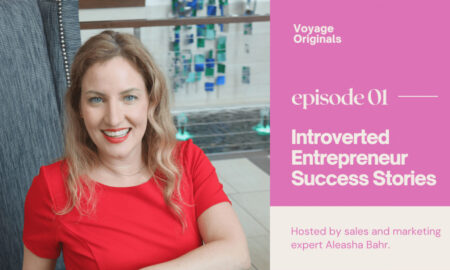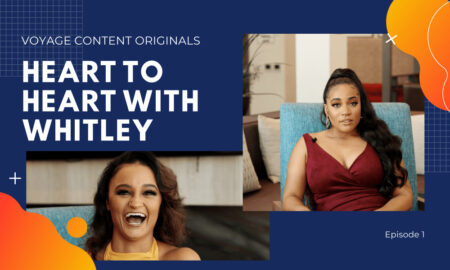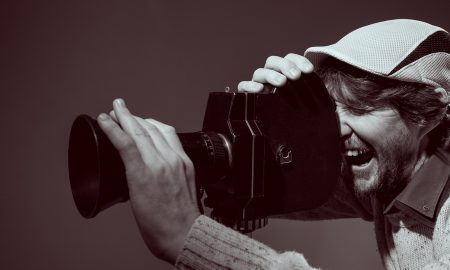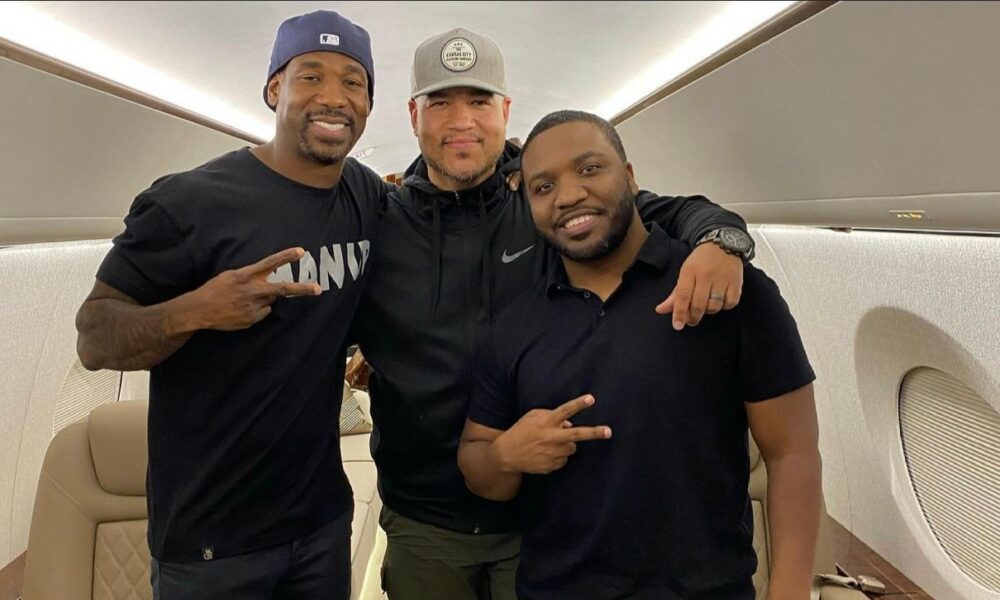

Today we’d like to introduce you to Khalid Abdulqaadir.
Hi Khalid, so excited to have you on the platform. So before we get into questions about your work-life, maybe you can bring our readers up to speed on your story and how you got to where you are today?
FACEKC was born out of two needs; the need to be creative and make movies and the need to impact our community. I [Khalid Abdulqaadir] was living in Kazakhstan sharpening my Russian language skills in preparation for a government job when I came across stories of Black men I’d never heard before. I recommend everyone reading about Oliver Golden and Abram Petrovich, “Gannibal” (Hannibal).
Without going into too much detail, I was fascinated to learn the stories of such important people and perplexed why I’d never heard these types of stories growing up. I was always a big cinephile and loved to write, but those two stories were the last straw I needed to make a career change. Considering I had to travel to a distant land in Central Asia to find them added to the mystique for sure, but when I returned to the U.S. I was ready to transition out of a career in government and into filmmaking.
The science behind the impact of positive self-imagery on human psychology is well documented. So, if I want to make films and engage my community, why not combine the two and develop film projects that do just that. I immediately started putting my ideas out on the net, and it just so happened Corey was relocating to Kansas City after spending the last decade in LA.
He’d been in LA working for a company but also cutting his teeth into the world of film as an actor and producer. Corey and I attended the same high school in St. Louis, MO, so he reached out when he saw me talking about making movies. It was the perfect opportunity to reconnect with an old friend and pursue something we’d both grown highly passionate about.
Thus FACEKC was born, a nonprofit organization using film as an instrument to foster peace, unity, and inclusivity. We also formed a for-profit company, AGA Productions.
We all face challenges, but looking back would you describe it as a relatively smooth road?
I served as a Navy Corpsman (combat medic) attached to the Marines, and I have to be honest with you, filmmaking is up there as far as difficulty and complexity. I’d venture further and say that the aptitude required to execute something visually that’s halfway decent is equivalent to general surgery. It’s tough! Needless to say, then there have been countless obstacles and challenges.
The biggest challenge for an independent filmmaker is securing funding. Up till now, Corey and I have funded about 90% of anything we’ve developed. When you’re passionate about something, though, those expenses don’t feel bad at all. Next to funding, logistics are a huge challenge as well. It isn’t easy to get 50 people moving on the same sheet of music. There are always competing schedules, personalities, unexpected events, and that’s before the weather even changes. So being able to land in the center of the chaos and hold on to your plan is a valuable mindset.
As far as obstacles go, we asked for high difficulty levels due to the nature of our organization. We’re trying to get people to communicate, and if you’ve been alive over the past x amount of years, you know communication isn’t the most effective strategy right now. Figuring out the right incentives to bring folks to the table is critical. It’s a constant uphill, but the outcomes are remarkable if you get it right.
Thanks for sharing that. So, maybe next you can tell us a bit more about your work?
I function primarily as the writer/director and Corey as the producer/actor. Our specialty is activist films. However, the activism in our work is in the approach methodology for how the film is made. Once the project reaches the general audience, it’s pure entertainment. For example, we’re working on a superhero film as we speak. When folks watch it, they will be engulfed in the story of the film and the spectacular images in front of them. They may or may not know that this finished product is the final stage of a three-phased community engagement project.
Phase one started with an experimental musical short that engaged KCPD and members of the African American community. We wanted to demonstrate that film was a viable tool for building community relations. It took 35 meetings and eight months to broker a scenario between these two demographics where they felt comfortable collaborating artistically. We ended up having about 28 officers, including the SWAT Team, collaborate on the video with community members. At the end of that piece, we introduced characters from the superhero film and a glimpse into the story to come.
The reason we take this community approach first is to meet the strategic goals of our organization, and second is to cultivate the Kansas City community so it can support larger film projects designed to bring more and more demographics to work together. We want all our projects to be produced with a minimum of 85% local crew and talent, so we need to build on those prospects if we’re going to do that. These concepts and approaches are our unique ideas.
Phase two of this project engaged 52 demographics to develop a trailer for our superhero film “Sapiens.” The entire feature film will likely quadruple those engagement points.
Through developing phases one and two, and due to our approach methodology, our project successfully defused a potentially violent gun crime. One demographic component we consider in our development strategy is geography. Two individuals from different areas of the city participated in the phases of our projects; they later came across each other on the street, had an altercation, drew firearms, but suddenly recognized each other from being on our sets.
That defused the entire situation, and they called me from the middle of the road explaining how they’d almost changed each other’s lives if it wasn’t for their chance meeting prior. Positively impacting the lives of those two Black men and their families is the proudest moment of my career. It exceeded my expectations, but those are the types of impacts we want and can have. As we scale up our projects, those types of effects scale accordingly.
Having a demonstrated tool that could potentially reduce gun violence is another unique factor in our creative approach to filmmaking.
Any advice for finding a mentor or networking in general?
I suppose the standard approach to seeking out mentorship is to get the highest functioning individual you can find to share their philosophy and opinions on things you’re doing.
I don’t necessarily believe that to be an effective strategy. I think a mentor should be someone just above your peer group as far as whatever industry you perform in. Meaning, whoever is just a step or two ahead of you is who you need to be talking to. This person will have a much better and more realistic understanding of your situation at your level.
Then get that super high functioning individual to be your advisor on top of your above-peer mentor. That approach will help build a functional network because a network isn’t a network unless it functions.
Contact Info:
- Website: www.facekc.org
- Instagram: https://instagram.com/taron_mac?utm_medium=copy_link
- Twitter: @khalidabdulqaa1
- Other: www.agakc.com
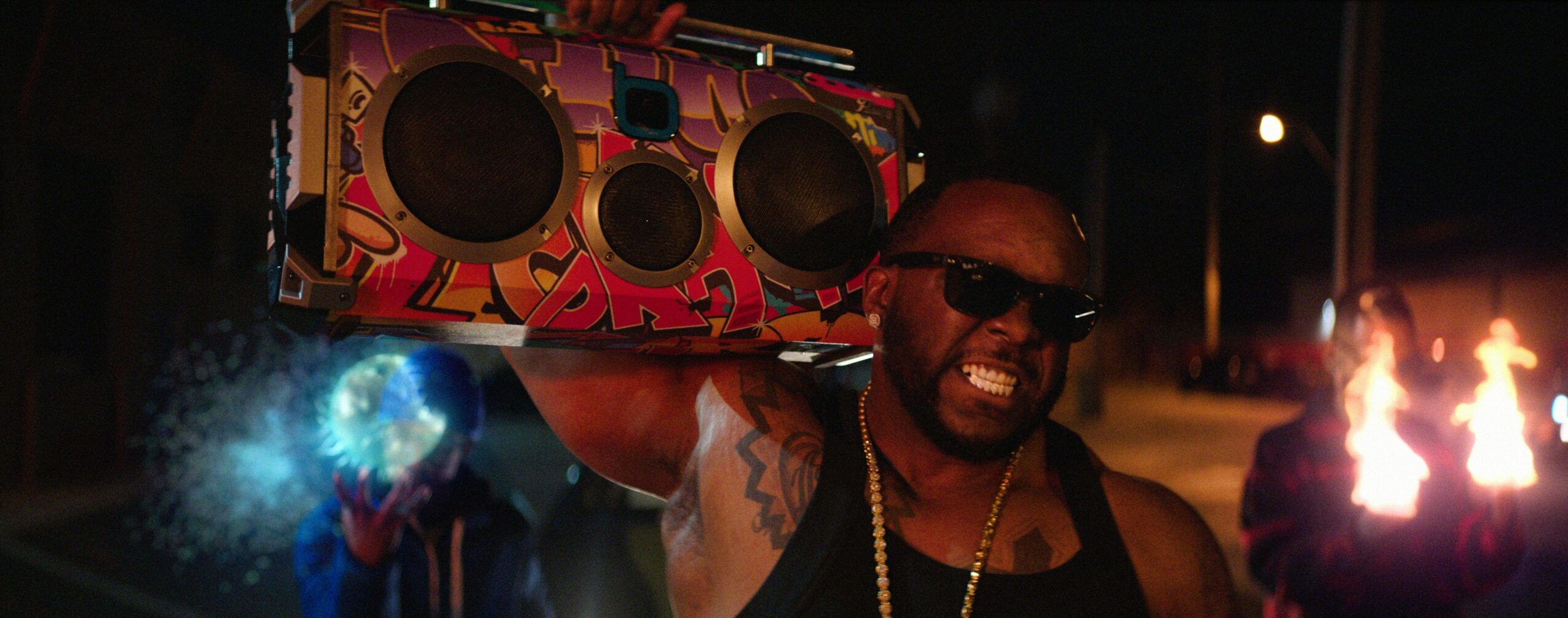
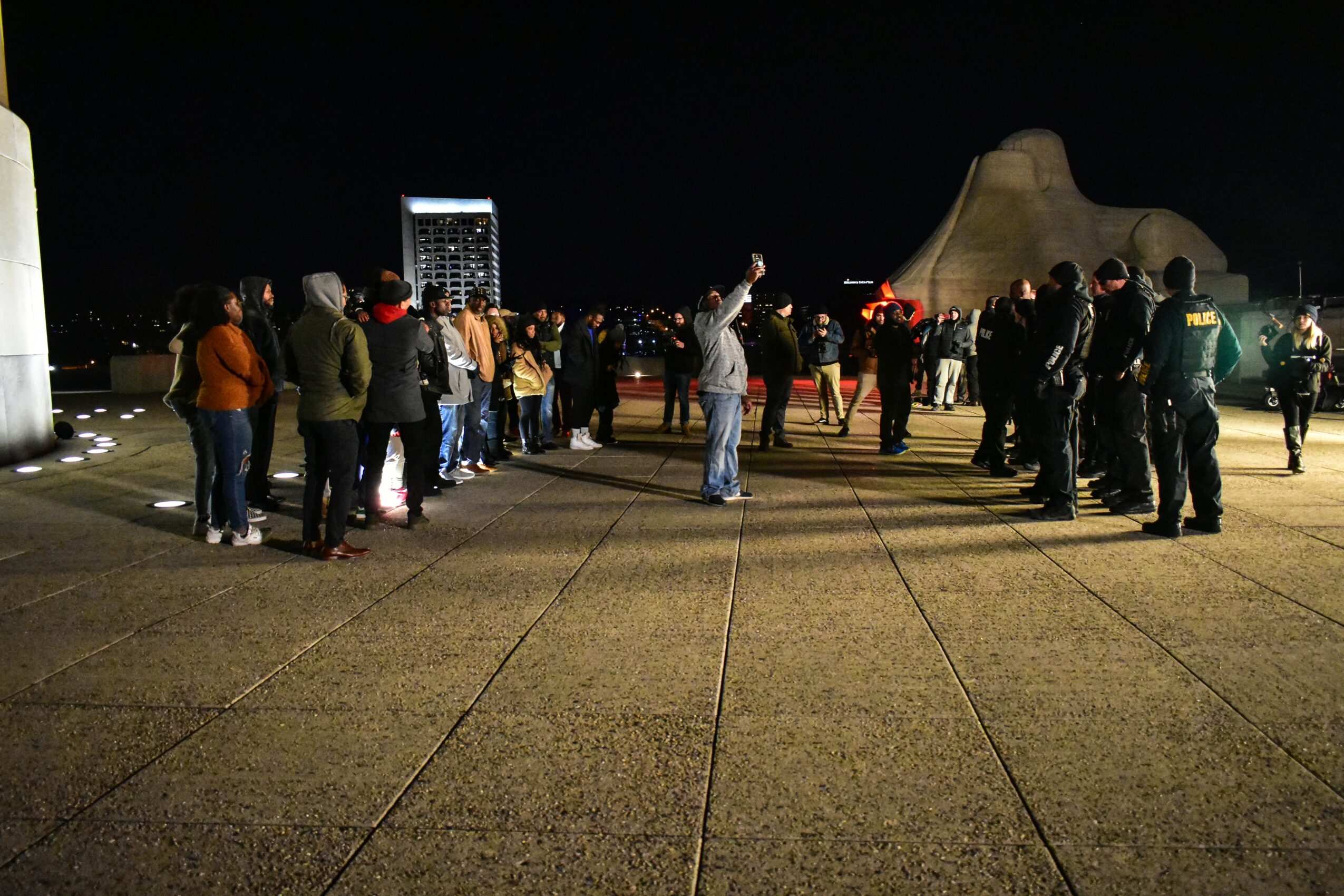
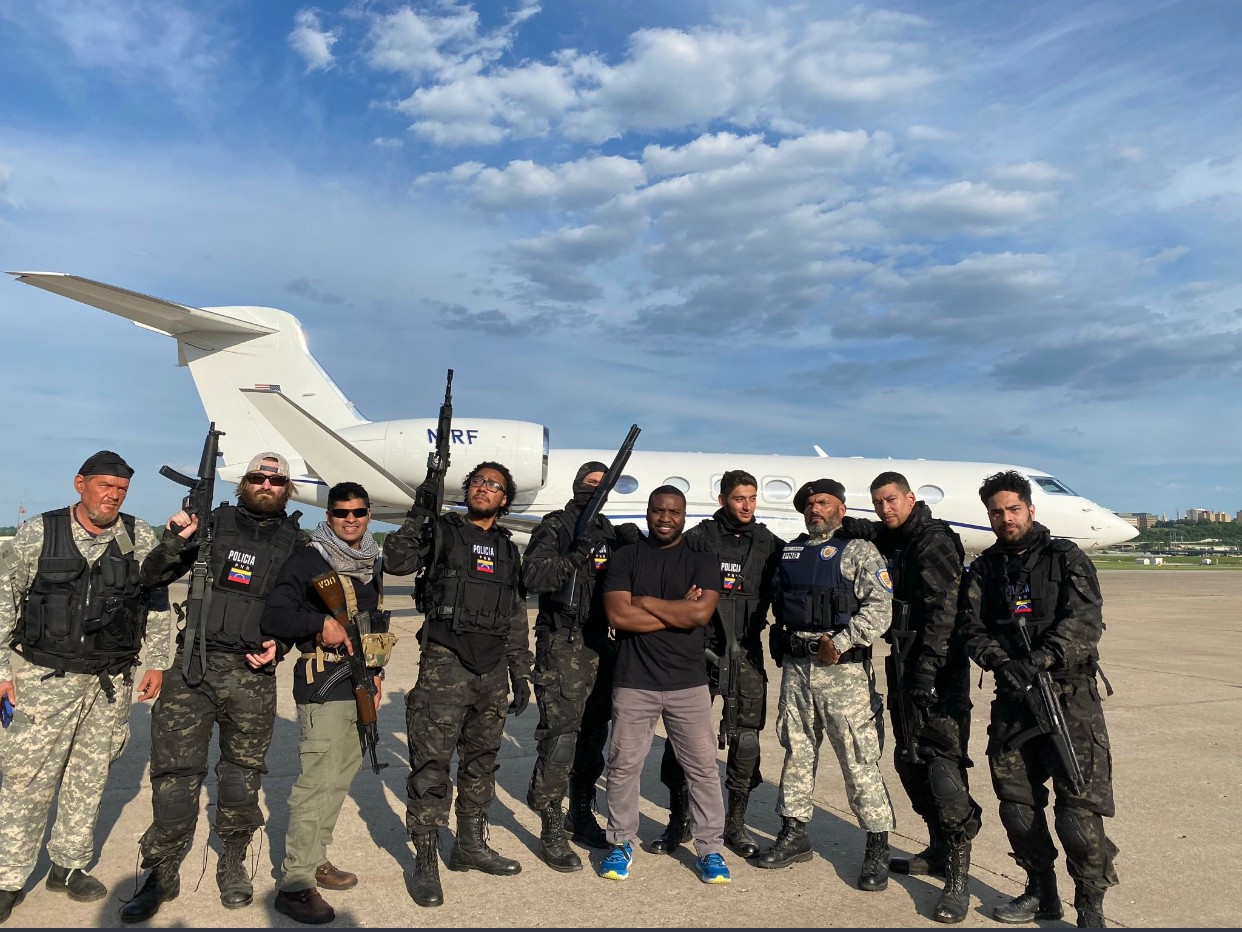
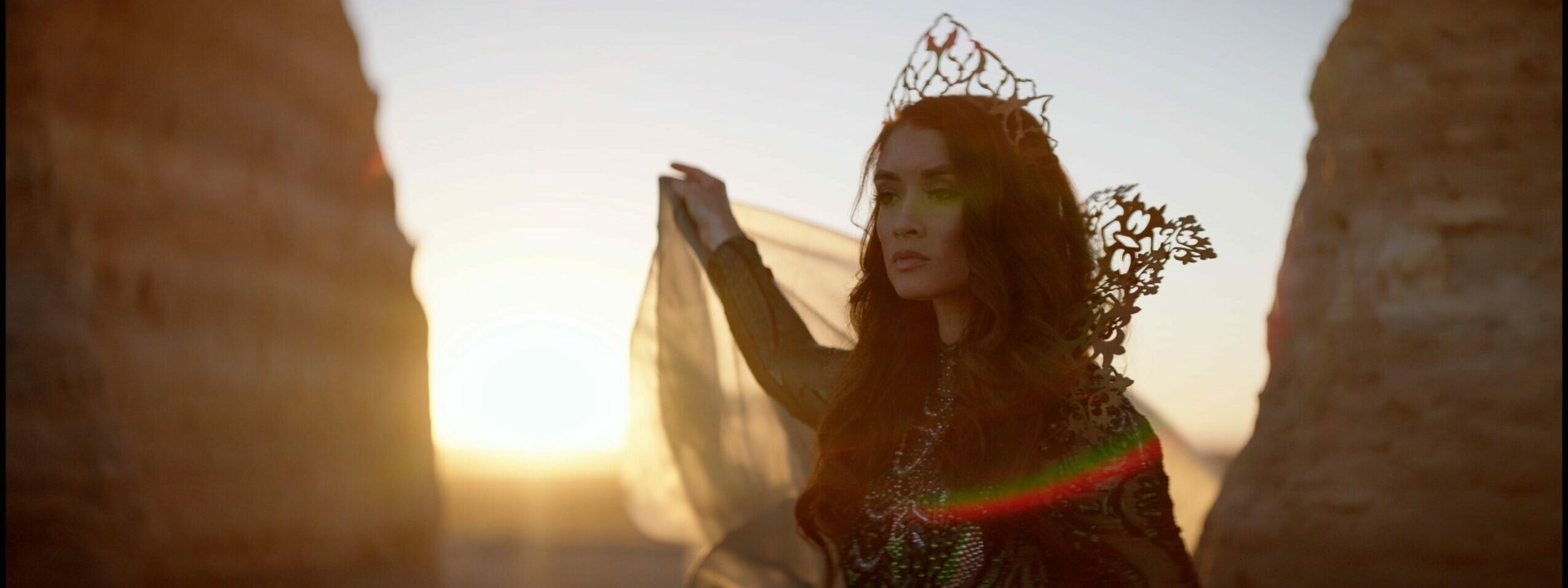
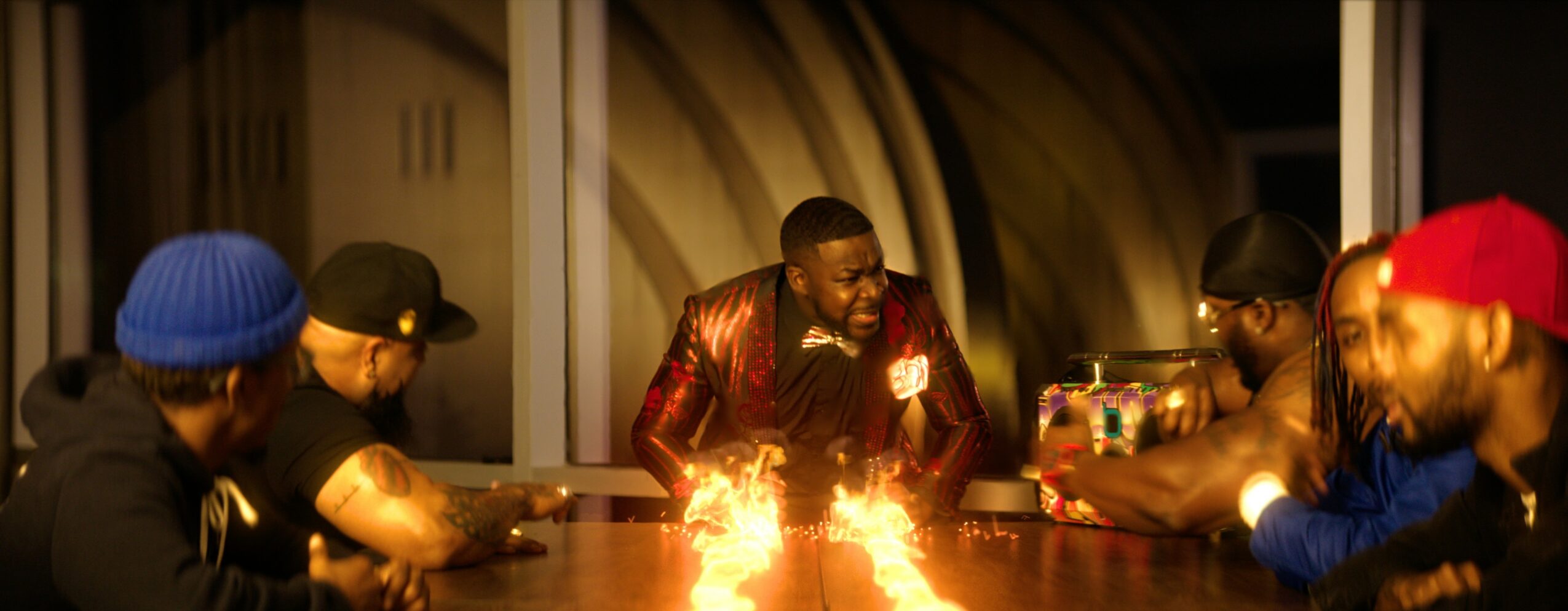
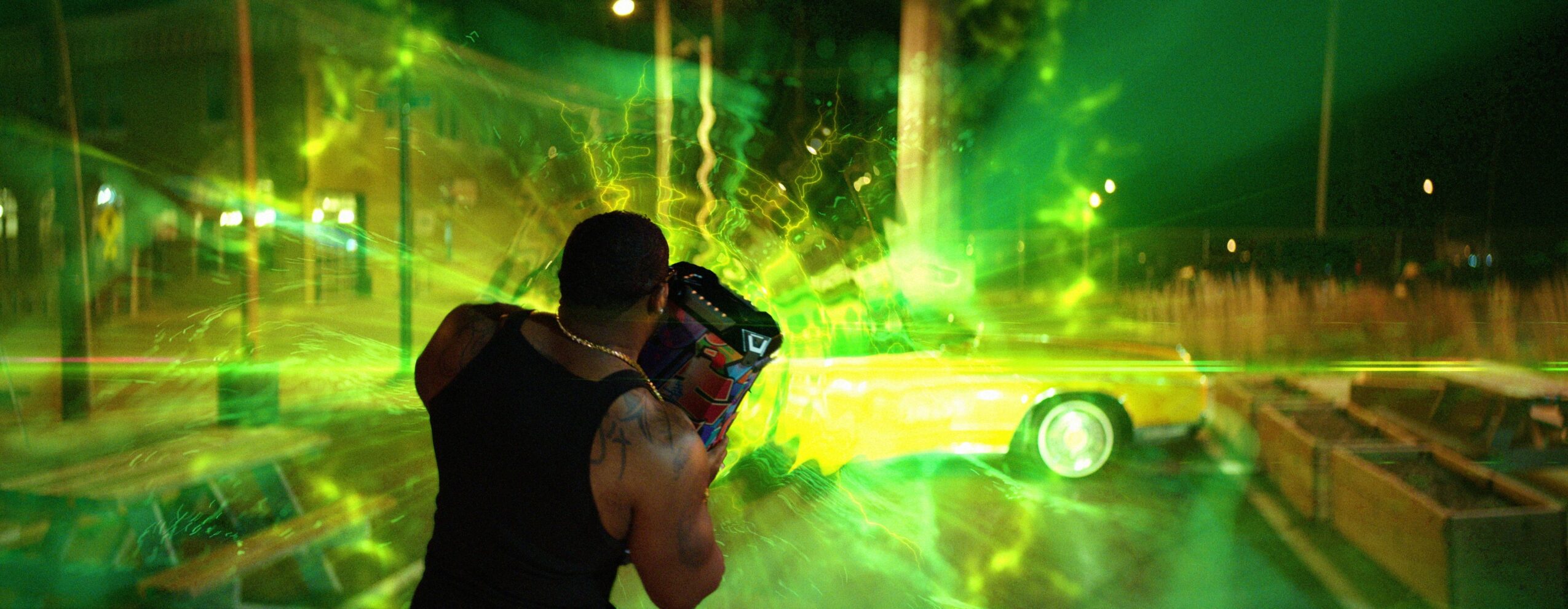
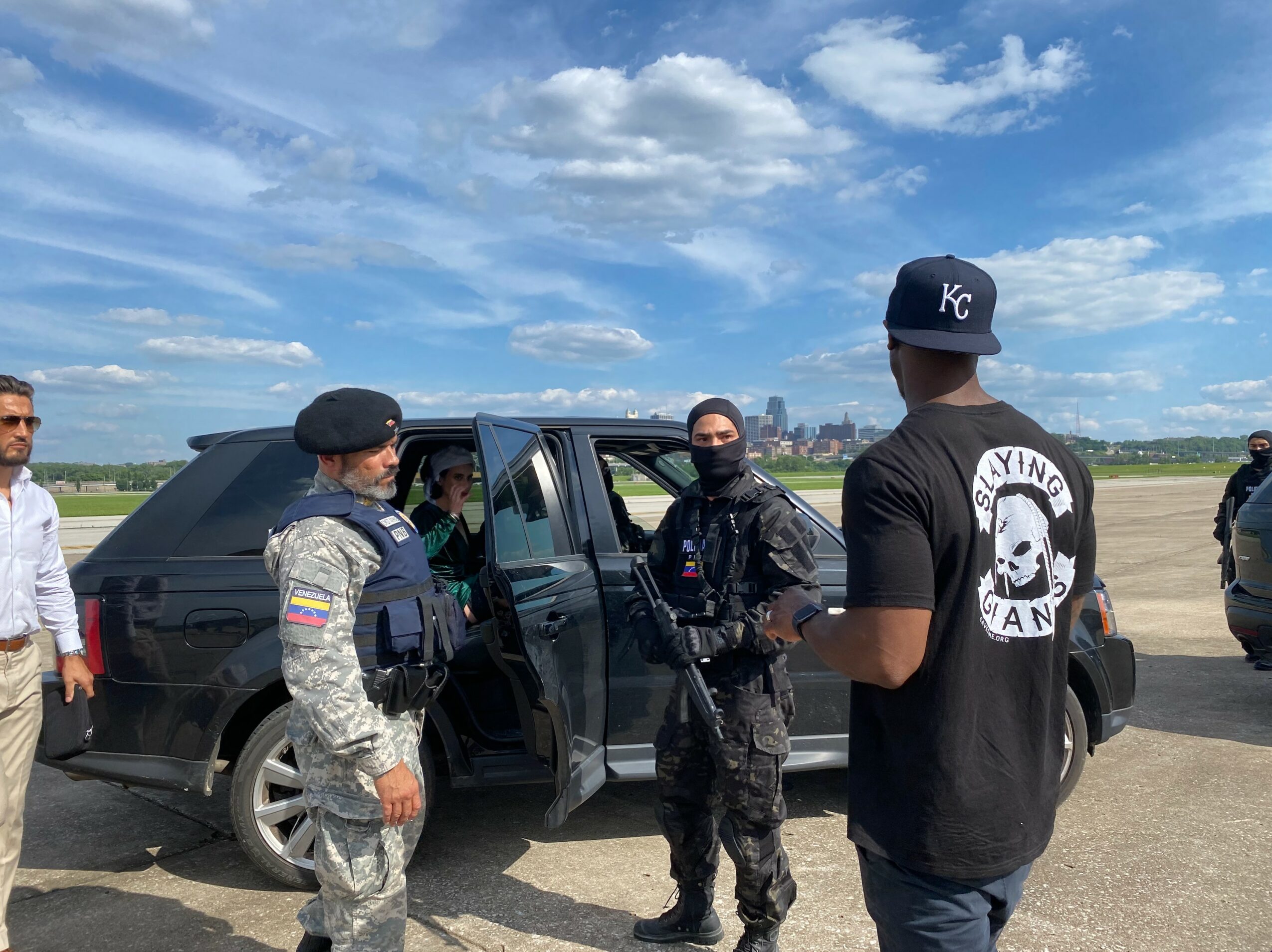
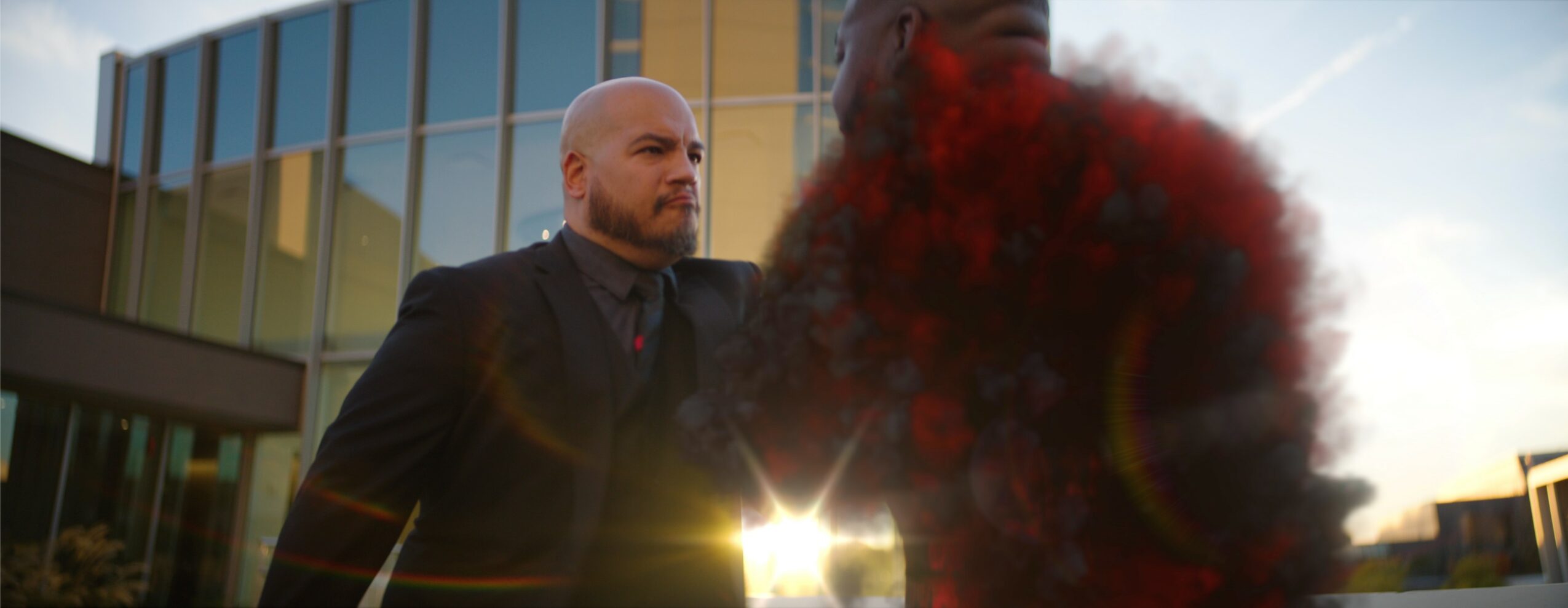 Suggest a Story: VoyageKC is built on recommendations from the community; it’s how we uncover hidden gems, so if you or someone you know deserves recognition please let us know here.
Suggest a Story: VoyageKC is built on recommendations from the community; it’s how we uncover hidden gems, so if you or someone you know deserves recognition please let us know here.



